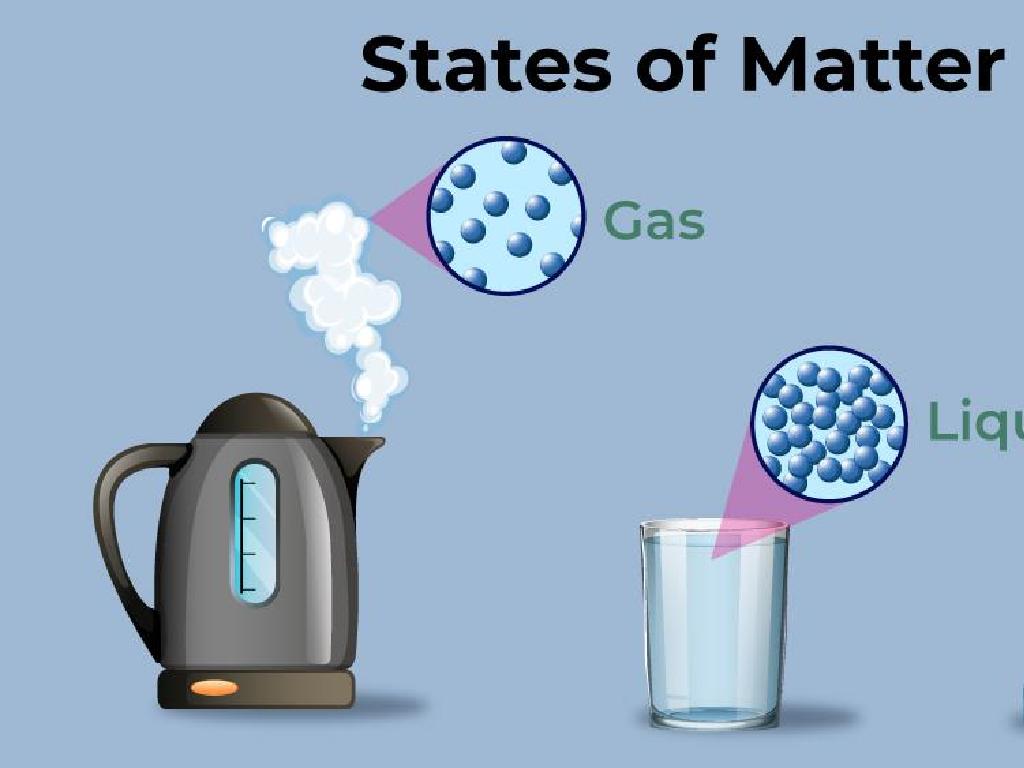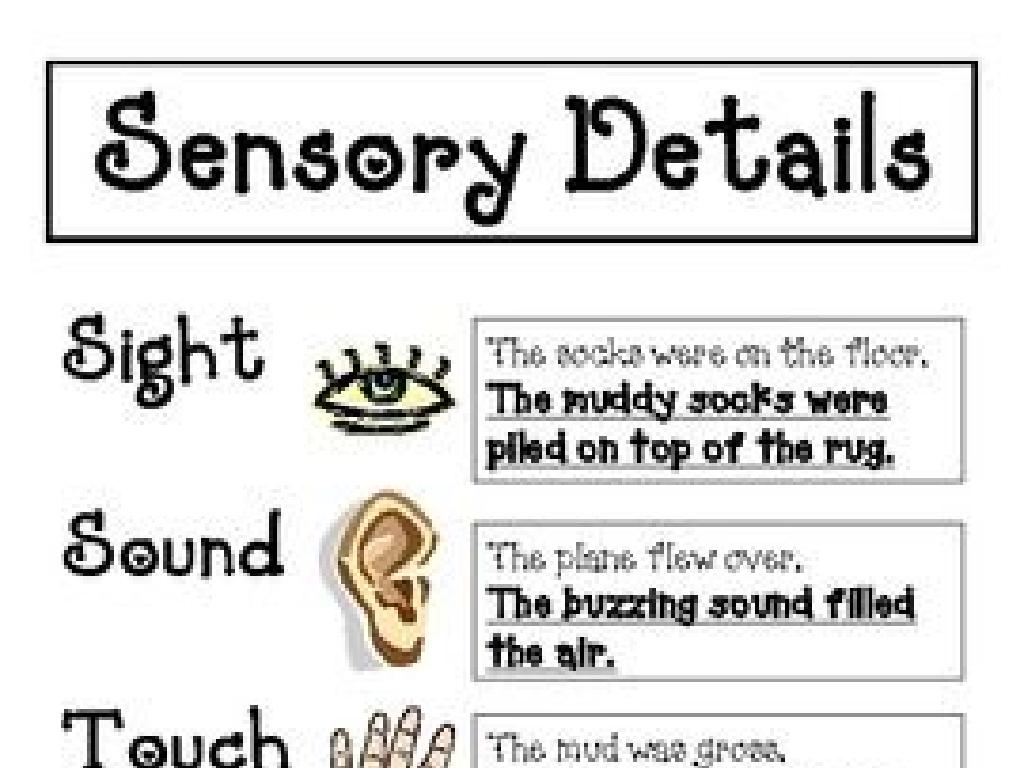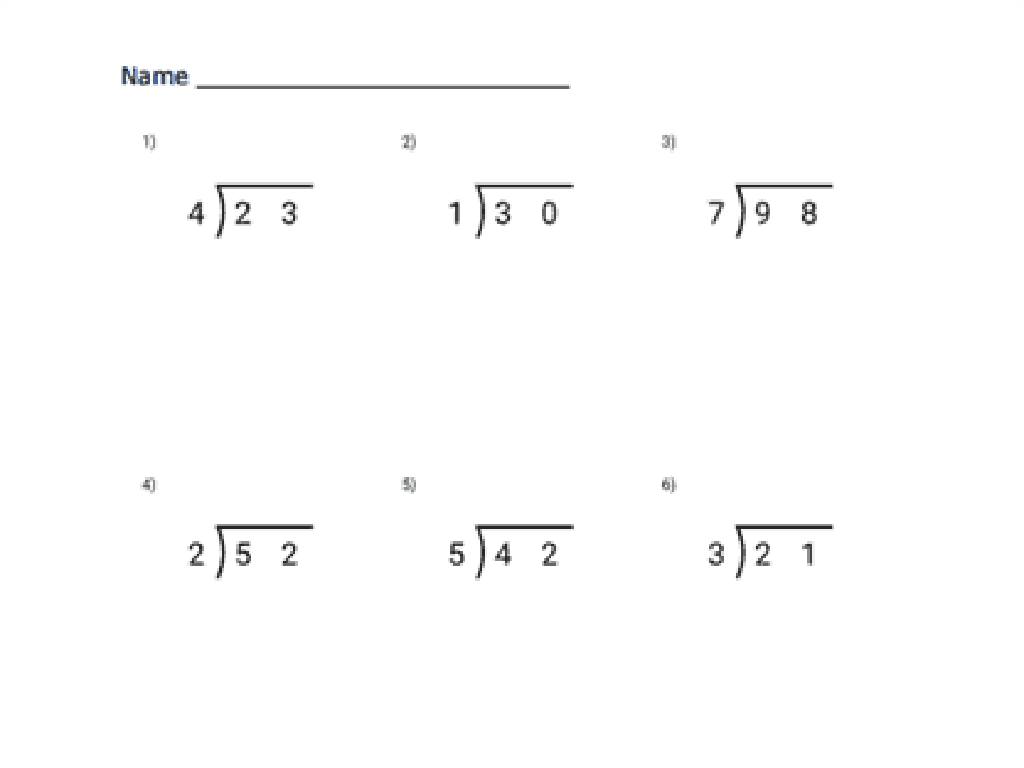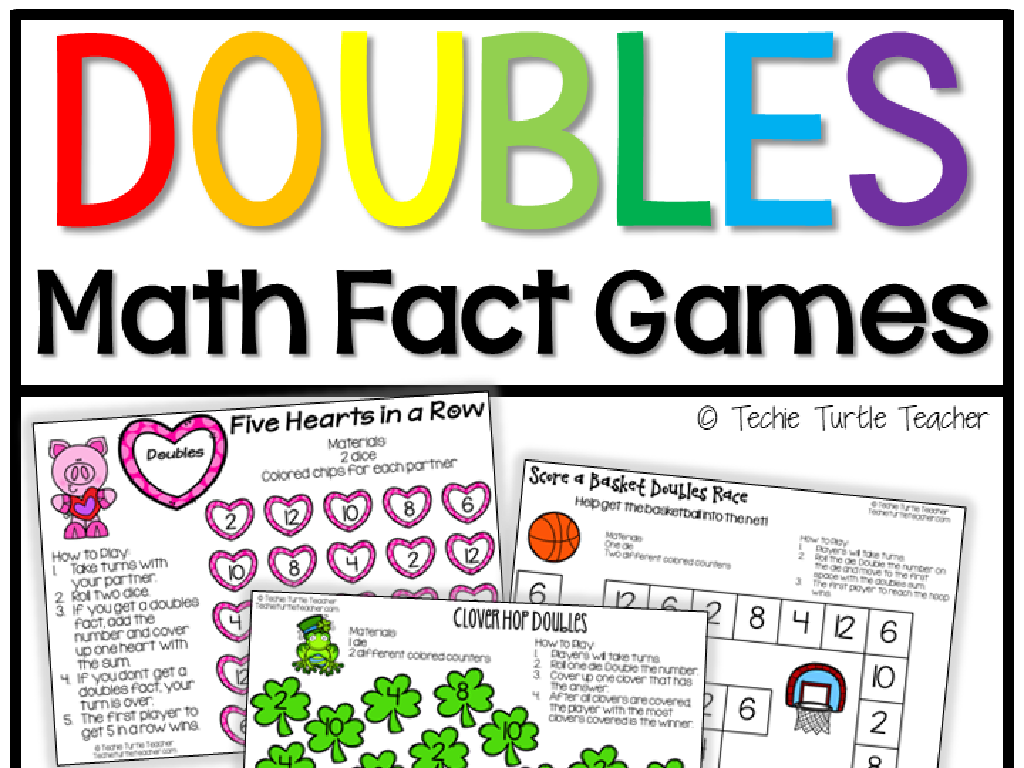Use Subordinating Conjunctions
Subject: Language arts
Grade: Third grade
Topic: Linking Words
Please LOG IN to download the presentation. Access is available to registered users only.
View More Content
Exploring Linking Words: Subordinating Conjunctions
– Welcome to Language Arts!
– Discover linking words
– Words like ‘and’, ‘but’, ‘because’ link parts of a sentence
– Linking words connect sentences
– They help make our ideas flow smoothly
– Subordinating conjunctions are special
– Words like ‘although’, ‘since’, ‘if’ start dependent clauses
|
This slide introduces the concept of linking words, focusing on subordinating conjunctions. Begin the lesson by welcoming students and expressing excitement about learning new aspects of Language Arts. Explain that linking words are tools that help us connect ideas within our sentences, making our writing clearer and more coherent. Emphasize the importance of subordinating conjunctions, which introduce dependent clauses and show the relationship between two ideas. Provide examples and encourage students to think of sentences that include subordinating conjunctions. This foundational knowledge will be built upon with more specific examples and exercises in subsequent slides.
Exploring Subordinating Conjunctions
– What are subordinating conjunctions?
– They’re linking words in sentences.
– Connecting clauses together
– They join a dependent clause to an independent clause.
– Examples: because, although, if
– ‘Because’ shows reason, ‘although’ shows contrast, and ‘if’ shows condition.
– Usage in sentences
|
Subordinating conjunctions are essential components of sentence structure that help combine ideas in a clear and coherent way. They allow us to show the relationship between a supporting idea and the main idea. For example, in the sentence ‘I did my homework because I want to learn,’ ‘because’ is the subordinating conjunction that connects the reason for doing homework to the action. Teach students to recognize these conjunctions and understand how they bring complex meaning to simple sentences. Practice by creating sentences together using different subordinating conjunctions and identifying the dependent and independent clauses.
Using ‘Because’ to Show Reason
– ‘Because’ explains why
– It connects two ideas, showing cause and effect.
– Example: Wearing a coat
– ‘I wore a coat because it was cold.’ Why did I wear a coat?
– Create ‘because’ sentences
– Think of reasons for actions and use ‘because’ to explain.
– Group activity
– We’ll make sentences as a class using ‘because’.
|
This slide introduces the subordinating conjunction ‘because’ to explain reasons behind actions or events. Start by explaining the concept of cause and effect, and how ‘because’ helps us understand why something happens. Use the example provided to illustrate how ‘because’ connects the reason for wearing a coat to the weather. Encourage the students to come up with their own sentences using ‘because’ to describe why they do certain things. As a group activity, have the class collectively brainstorm and share sentences, fostering a collaborative learning environment. This activity will help solidify their understanding of using ‘because’ to link actions with reasons.
Using ‘Although’ in Sentences
– ‘Although’ shows contrast
– It connects two opposite ideas in one sentence.
– Example: Rainy day adventure
– Although it was raining, we went for a walk.
– Create your own ‘although’ sentence
– Think of two different ideas and link them with ‘although’.
|
The word ‘although’ is a subordinating conjunction used to connect two contrasting ideas in a single sentence. It helps to show that one action occurred despite the other. For example, ‘Although it was raining, we went for a walk.’ This shows that even though the weather was bad, the decision to walk was made. Encourage the students to come up with their own sentences using ‘although’ to connect two contrasting ideas. This exercise will help them understand how to use ‘although’ to show contrast and improve their sentence construction skills.
Using ‘If’ in Sentences
– ‘If’ starts a condition
– ‘If’ means something must happen first.
– Example: Studying hard = doing well
– If you eat your veggies, you’ll grow strong.
– Create sentences using ‘if’
– Think of ‘if’ like a word puzzle piece.
|
This slide introduces the subordinating conjunction ‘if’ and its function in setting up conditions in sentences. Start by explaining that ‘if’ is used to talk about things that could happen, but only when something else happens first. Use the example provided to show how ‘if’ works in a sentence. Encourage the students to think of ‘if’ as a puzzle piece that connects two parts of a sentence. For the activity, have students come up with their own sentences using ‘if’ to describe different conditions. This will help them understand how ‘if’ can change the meaning of a sentence and how it is used in everyday language.
Using ‘When’ and ‘Since’ in Sentences
– ‘When’ talks about time
– ‘Since’ indicates a point in time
– Example with ‘When’
– ‘I read when it’s quiet.’ – It shows a specific time for an action.
– Example with ‘Since’
– ‘I’ve loved reading since I was your age.’ – It points to the start of a time period.
|
This slide introduces the subordinating conjunctions ‘when’ and ‘since’ to describe different aspects of time in sentences. ‘When’ is used to refer to the timing of an event, while ‘since’ is used to indicate the beginning of a period up to the present. Provide examples to illustrate how ‘when’ is used to specify a condition or a precise moment, and ‘since’ to talk about a duration from a certain point in the past until now. Encourage students to think of their own examples and understand that these words help make their writing more detailed and informative.
Activity Time: Create Your Own Story!
– Write a short story
– Use 3 subordinating conjunctions
– Examples: ‘because’, ‘if’, ‘when’
– Share with the class
– Tell us your story in your own words
|
This activity is designed to help students practice using subordinating conjunctions in a fun and creative way. Encourage them to think of a simple plot for a short story and to include at least three different subordinating conjunctions to connect ideas. Examples of subordinating conjunctions are ‘because’, ‘if’, ‘when’, ‘although’, and ‘while’. Remind them that these words help make the relationship between ideas clear. After writing, students will have the opportunity to share their stories with the class, which will help them develop their public speaking skills and confidence. Possible activities for different students could include writing a story about their last birthday, a fun trip they took, or a made-up adventure. The goal is to make the exercise engaging and to reinforce the concept of subordinating conjunctions in context.






